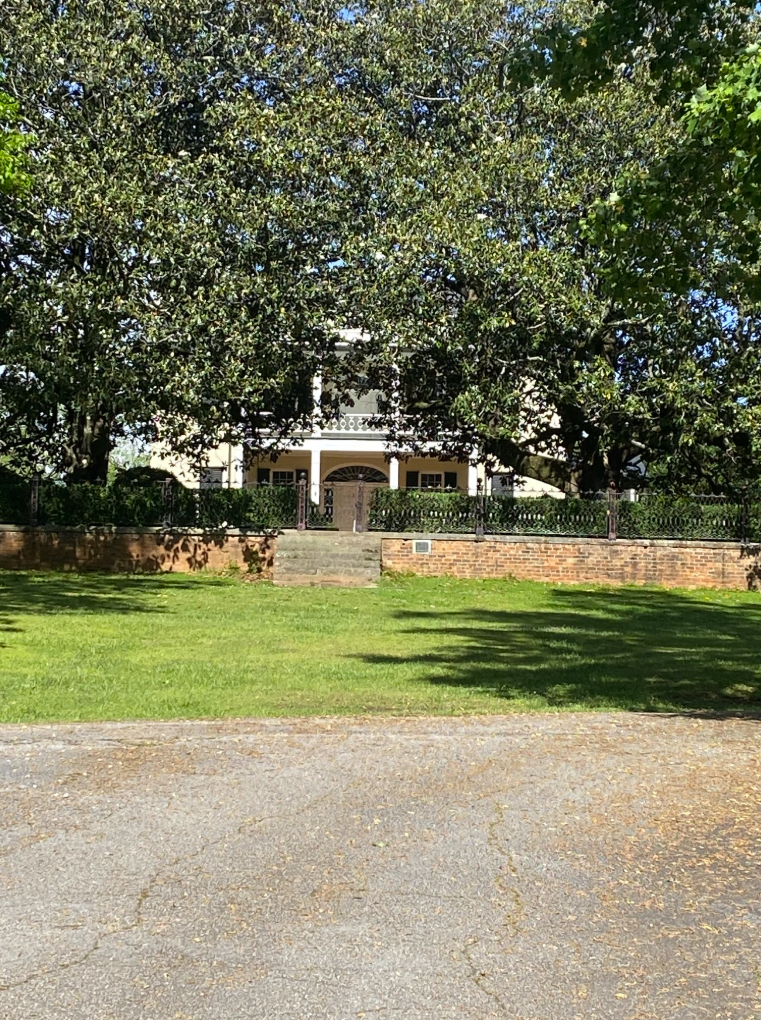Built between 1828 and 1832, the beautiful Rose Hill Plantation is a historic site in Union County, South Carolina. Nestled along the Tyger River. Rose Hill Plantation served as the South Carolina Governor’s mansion during William Henry Gist’s (1807-1874) time in office from 1858 through 1860. The home offers insight into the upcountry cotton plantation of South Carolina’s “Secession Governor.” However, it had been the Gist family home for decades before William Gist entered public office. The family cultivated roses in the home’s formal gardens, lending to its name.
From Rose Hill, Gist wrote the governors of Louisiana, North Carolina, Georgia, Alabama, and Florida, suggesting that if Abraham Lincoln were elected president, South Carolina might take the lead in seceding from the Union.

Gist died in 1874, but the mansion remained in the Gist family until descendants sold it to the United States Forest Service in 1938, and it became part of the Sumter National Forest. In 1944, Clyde T. Franks, a representative of the Federal Land Bank and an antique collector from Laurens, South Carolina, purchased the house and 44 acres from the Forest Service. The following year, he opened the home to the public, restoring it and the gardens and adding period furniture. In 1960, Franks sold the property to the South Carolina State Park Service. One hundred years after Governor Gist signed the Ordinance of Secession, his family home became a South Carolina State Historic Site.
Some say the family is still keeping watch over their property. The Gist family lived here, died here, and is buried approximately one mile south of the property. It’s said that their spirits still walk the floors of the house. They can be seen in the cemetery, especially William himself. Additionally, disembodied voices have been heard.
The home and grounds are open for tours, and occasional Civil War reenactments are held on-site. The park includes restrooms and a small gift shop. The only other antebellum structure on the property is a brick kitchen built in the 1850s. A one-and-a-quarter-mile nature trail runs through the park and Forest Service property and extends to the Tyger River.
Written By: John G. Clark Jr
Image: John G. Clark Jr


